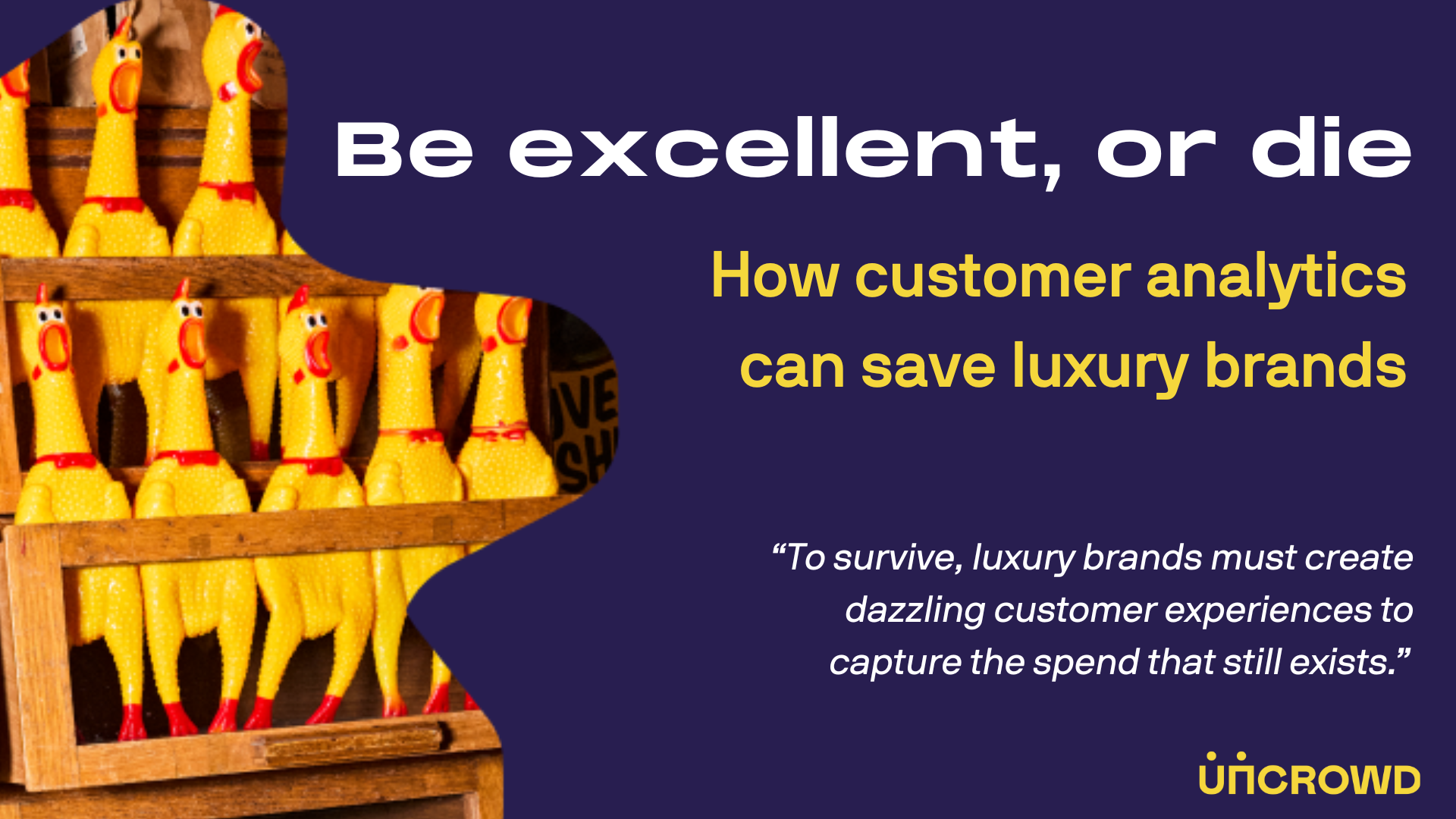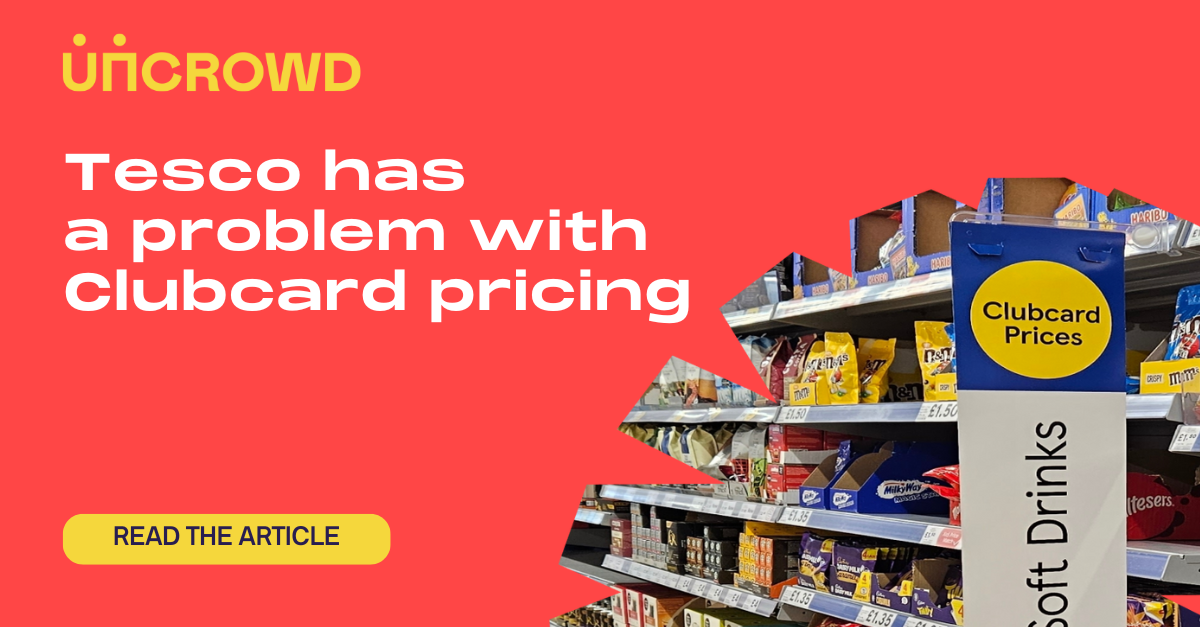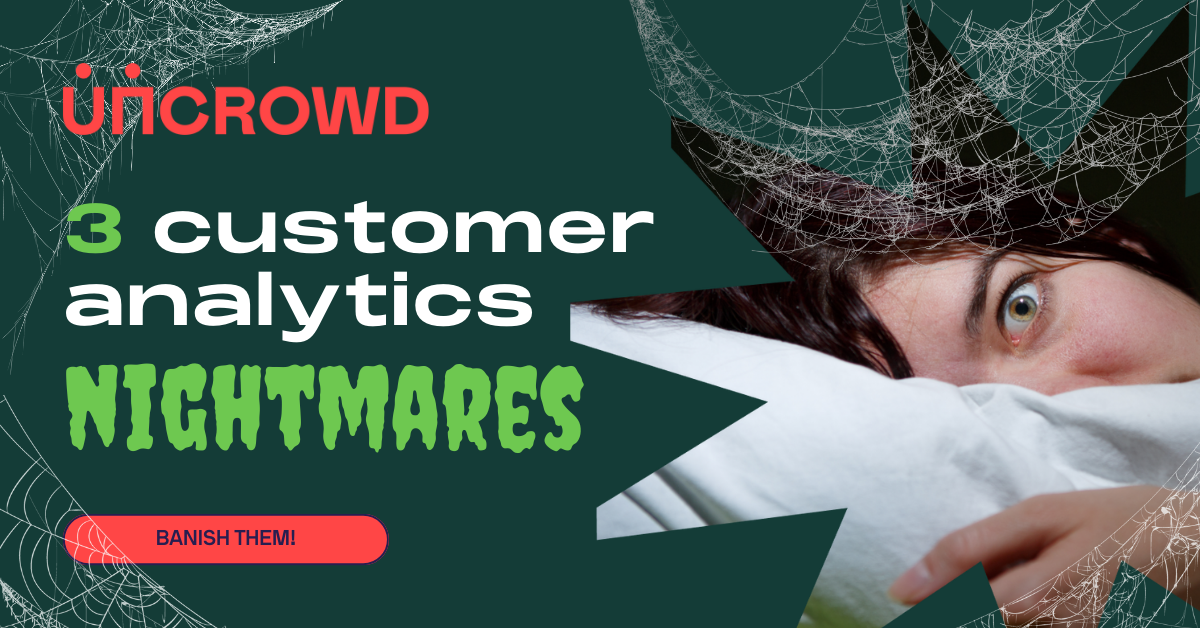Friction How to reduce shopping friction and deliver rewarding experiences

All modern retail success stories have been built on the rule of reducing friction while increasing reward.
We are living in the age of total consumer choice. Technology and the visibility of alternatives means customers can choose you, and they can just easily choose away from you. Understanding the factors influencing consumer behaviour is more important than it ever has been.
Customers are continually, often subconsciously, balancing how much effort they need to put in against how much they gain. We call these influences friction and reward, the two most important forces in retail.
Effort input = friction
Frictions are anything a customer must do to complete a shopper mission. They are the input a customer makes, the “arse-ache” involved in buying something.
Examples:
- Remembering the password for the app
- Driving to the store
- Finding a product on the shelf
- Navigating the website

Gain output = reward
Rewards are everything the customer gets back from choosing a certain retailer to shop. Rewards are the customer outputs or gains.
Rewards in this context don’t mean reward schemes, or reward points, although those would come under the reward side of this equation. Rewards are more broadly anything a customer gets out of the interaction.
Examples:
- Good customer service
- Local store locations
- High product quality
- Good unboxing experience

Why does it matter?
Understanding customer choice is about understanding the push and pull factors that influence that choice - the key factors influencing consumer behaviour. These opposing forces of friction and reward are present in every vendor interaction.
And in a choice economy, where choosing where to shop is trivially easy, even tiny frictions and rewards can have a big influence on how a customer chooses.
Friction, reward and Relative Attractiveness
It’s crucial for retailers to understand the specific relationship between Friction and Reward in their business because this is the key to understanding what makes them more, or less, Relatively Attractive than their competitors. This knowledge helps you improve customer experience strategy in ways that attract more customers.
CX performance is always relative. How successfully you attract customers is relative to how successfully your competitors do the same.
Relative Attractiveness (RA) is a measure of how attractive your proposition is to a competitor, relative to other market players, across a range of customer stories – what the customer is trying to achieve, in what needstate and mindset.
Measuring friction and reward for a particular customer story gives you an understanding of your Relative Attractiveness compared to your competitors, across multiple CX variables.
Reducing shopping friction and delivering rewarding experiences
To be more relatively attractive to customers than the other options, retailers must reduce the friction required to buy at the same time as increasing the reward to be gained from buying.
All modern retail success stories, from Amazon and Ryanair to DollarShaveClub and Walmart have been built using variations on this rule.
Customers can easily choose away from you. But if you improve customer experience strategy by reducing friction and offer more reward than your competitors you can become more Relatively Attractive and steal customers away from them.
1. Make it easy to buy from you – REDUCE FRICTION
2. Make it amazing to buy from you – INCREASE REWARD
3. Do both – REDUCE FRICTION AND INCREASE REWARD

Uncrowd is on a mission to improve every customer experience on the planet through a unique combination of CX observation, quantitative measurement and comparative results. Our data is objective, empirical, and always shows your next best action.


